Homemade Apple Brandy: Easy, Delicious, and Perfect for Fall
Discover how easy it is to make your own apple brandy at home! Bursting with fresh apple flavor and cozy spices, this simple recipe is perfect for fall cocktails, gifts, and cozy evenings.
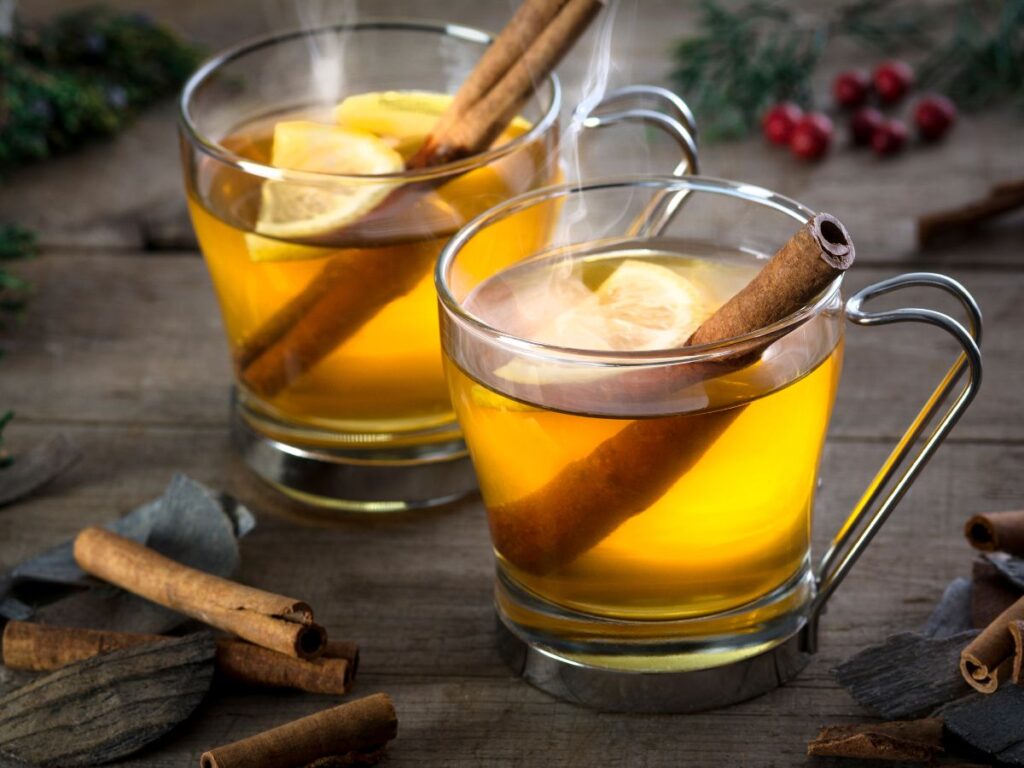
Disclosure: This article contains affiliate links, which means we will earn a commission if you purchase through the links on this page. The product recommendations are solely based on our genuine opinions and experiences. Read the Full Affiliate Disclaimer Here
Craving Something Warm and Cozy? Let’s Talk Apple Brandy!
Picture this: You’re wrapped in your favorite fuzzy blanket, there’s a crisp autumn chill in the air, and you’re sipping a golden glass of homemade apple brandy by the fireplace.
Sounds like perfection, right? Well, I’m about to make that dream your tasty reality.
Apple brandy is one of my all-time favorite fall cocktails. Why? It’s easy to make, insanely delicious, and elevates your apple recipes game to a whole new level.
Trust me, as someone who’s spent over 30 years in professional kitchens, homemade apple brandy is pure magic.
Why Homemade Apple Brandy?
I’ve made plenty of infused liquors, but apple brandy always feels extra special.
Not only is it incredibly easy (seriously, slicing apples might be the hardest part), but the result is a smooth, flavorful brandy that tastes like autumn in a glass.
This isn’t your average store-bought spirit—it’s a carefully crafted homemade treat bursting with fresh apple flavor, warm cinnamon spice, and subtle sweetness.
And bonus: it makes the best gifts for family and friends!
Key Ingredients
- Fresh Apples – Packed with fiber, antioxidants, and natural sweetness. I prefer Honeycrisp or Granny Smith.
- Quality Brandy – Pick a smooth, unflavored brandy to infuse effortlessly with apple flavor.
- Cinnamon Sticks – Adds warmth and depth, perfect for fall.
Table of Contents
Why Is This The Best Apple Brandy Recipe?
While it’s delightful on its own, its uses extend far beyond a standalone drink.
- Cocktails: You can use this apple brandy as a base for a variety of cocktails. Mix it with fresh apple cider, a splash of lemon juice, and a cinnamon stick for a delightful apple-inspired cocktail. Or, combine it with other spirits and ingredients to create unique seasonal drinks.
- Baking: Incorporate this homemade apple brandy into your autumn-themed baked goods. It adds depth and warmth to pies, cakes, and muffins. Drizzle it over apple tarts before baking, or use it to soak dried fruits for an extra layer of flavor in fruitcakes.
- Sauces and Glazes: This apple brandy can be reduced and used to create flavorful sauces for pork, chicken, or desserts like Apple Cider Donuts or inside Your Traditional Apple Butter. It also makes an excellent glaze for roasted meats, particularly during the holiday season.
- Desserts: Pour it over vanilla ice cream or use it as a topping for apple crisps, cobblers, or bread puddings to infuse them with a rich, fruity flavor.
- Marinades: Incorporate it into marinades for meats, especially for dishes like pork chops or tenderloin. The apple brandy adds both sweetness and a subtle hint of autumn spices.
Incorporating this homemade apple brandy into various recipes can elevate your culinary creations and infuse them with fall’s warm and comforting essence, making it a versatile and essential addition to your kitchen.
What Type of Apples are Best for This Recipe?
When making apple brandy or any apple-based recipe, it’s a good idea to use a mix of apple varieties to achieve a balanced flavor profile. Look for apples that offer a combination of sweetness, tartness, and a pleasant aroma. Here are some apple varieties commonly used for making apple brandy:
- Granny Smith: These tart apples provide a nice balance to the sweetness of the brandy. They also have a crisp texture and a distinct, tangy flavor.
- Golden Delicious: These apples are known for their sweet and mellow flavor. They can add a pleasant sweetness to your brandy without overwhelming it.
- Honeycrisp: With their sweet and slightly tart flavor, Honeycrisp apples are a favorite for both eating and cooking. They can contribute a delightful sweetness and juiciness to your brandy.
- Jonathan: These apples have a good balance of tartness and sweetness, making them a versatile choice for brandy.
- Cortland: These apples are slightly tart and very crisp, making them an excellent choice for adding texture and flavor to your brandy.
- Braeburn: Braeburn apples offer a sweet and slightly spicy flavor, which can add complexity to your brandy.
- Fuji: Fuji apples are sweet and firm, adding a pleasant sweetness to your brandy.
While these are some popular options, don’t hesitate to experiment with different apple varieties based on your personal taste preferences. A mix of sweet and tart apples will usually result in a more well-rounded and flavorful apple brandy.
Grab Everything you Need
Before diving into the delightful process of making the traditional Apple Brandy Recipe, you must have ready all your ingredients and kitchen tools.
- Cutting board
- Knife or apple corer/peeler
- Potato Masher or Spoon: You’ll need this to mash the cooked apples to release their flavors.
- Cheesecloth or Fine Mesh Strainer: For straining the apple brandy mixture to remove solids and spices.
- Funnel: A funnel will make it easier to transfer the strained liquid into bottles or jars.
- Glass Bottles or Mason Jars: Clean, airtight glass containers for storing the finished apple brandy. Make sure they have secure lids.
- Measuring Cups: For accurate measurement of sugar, water, and brandy.
- Stirring Utensils: Wooden or silicone spoons work well for stirring.
- Timer: Handy for keeping track of cooking times.
- Cooling Rack: Useful for allowing the mixture to cool before straining.
- Labels and Marker: To label and date your bottles or jars, especially if you plan to age the apple brandy.
Having all these tools ready before you start will streamline the cooking process and ensure that you can enjoy your homemade apple brandy with ease.
What Makes This Apple Brandy Recipe “Traditional”?
- Use of Basic Ingredients: Traditional recipes often rely on simple, readily available ingredients, and this recipe follows suit. It includes fresh apples, sugar, cinnamon sticks, cloves, and brandy – ingredients used in classic apple brandy recipes for generations.
- Time-Honored Cooking Techniques: The cooking process involves simmering the apples and spices to extract their flavors and then infusing the brandy, which are traditional methods used in making fruit-infused spirits for centuries.
- Balanced and Time-Tested Flavors: The combination of sweet apples, warming cinnamon, and aromatic cloves is a classic flavor profile associated with fall and traditional autumn recipes.
- Natural Ingredients: Traditional recipes often emphasize the use of natural and seasonal ingredients, and this apple brandy recipe showcases the flavors of freshly harvested apples and aromatic spices.
- Aging Potential: While aging isn’t mandatory, allowing the apple brandy to mature over time is a traditional practice. This aging process can enhance the depth and complexity of the flavors, a hallmark of traditional spirits production.
- Versatility: Traditional recipes often highlight the versatility of a particular ingredient or preparation method, and this apple brandy can be used in various ways, such as sipped straight, used in cocktails, or incorporated into cooking and baking.
- Homemade Craftsmanship: Traditional recipes often emphasize the art of homemade cooking and craftsmanship. Making your own apple brandy in this manner harkens back to a time when families and communities preserved the flavors of the season through traditional food and beverage preparation.
This Apple Brandy Recipe embodies many elements of traditional cooking, from its essential ingredients and cooking techniques to its focus on natural flavors and potential for aging. It captures the essence of autumn’s traditions, making it a time-honored recipe that can be enjoyed in a modern context.
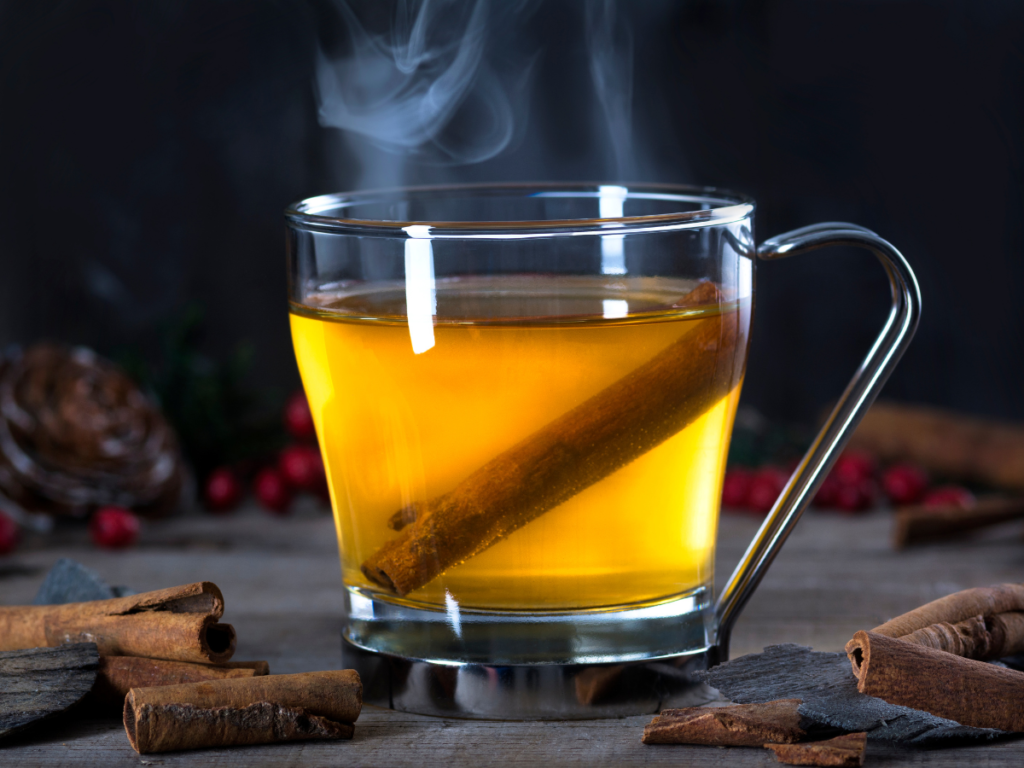
Know Your Fruits
Apples are an excellent and healthy choice for various reasons, both in this recipe and as part of a balanced diet for overall health and well-being:
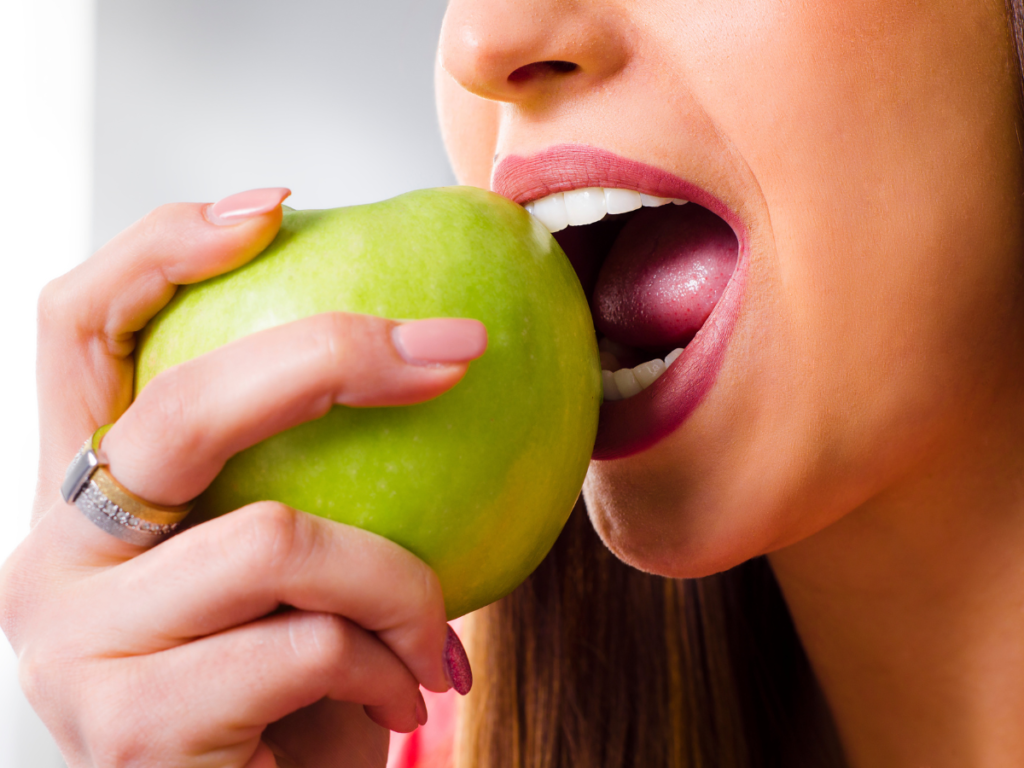
- Nutrient-Rich: Apples are packed with essential nutrients, including dietary fiber, vitamins (such as vitamin C), and minerals (like potassium). These nutrients support various bodily functions, such as digestion, immune health, and heart health.
- Low in Calories: Apples are relatively low in calories, making them a smart choice for those looking to manage their weight. The natural sweetness of apples can also satisfy sugar cravings in a healthier way.
- Dietary Fiber: Apples are an excellent source of dietary fiber, particularly soluble fiber known as pectin. Fiber aids in digestion, helps regulate blood sugar levels, and promotes a feeling of fullness, which can assist with appetite control.
- Antioxidants: Apples contain antioxidants, including flavonoids and polyphenols, which can help combat oxidative stress in the body. These compounds have been linked to reduced risk factors for chronic diseases.
- Hydration: Apples have a high water content, contributing to overall hydration, especially when consumed in their natural form.
- Heart Health: Regular consumption of apples has been associated with a reduced risk of heart disease. The soluble fiber in apples can help lower cholesterol levels, and the potassium content supports healthy blood pressure.
- Digestive Health: Apples’ fiber content aids in digestive regularity and can help prevent constipation.
- Weight Management: The fiber and water content in apples can contribute to a feeling of fullness, potentially reducing overall calorie intake and supporting weight management efforts.
- Versatility: Apples are incredibly versatile and can be used in a wide range of recipes, from salads to desserts, as well as in beverages like this apple brandy recipe. This versatility allows you to enjoy their health benefits in various culinary contexts.
FUN FACT*
When incorporated into recipes like apple brandy, you not only capture the delicious flavor of apples but also the nutritional benefits they offer. As part of a balanced diet, apples can contribute to better health, making them a wise choice for your life and overall well-being
Substitutions:
- Dairy-free swap: Completely dairy-free naturally, so no worries here!
- Gluten-free swap: Already gluten-free—you’re golden!
- Pantry-friendly or kid-friendly variation: Swap brandy with apple cider and warm spices for a delicious mocktail.
- Sugar alternative: Use honey, maple syrup, or coconut sugar to sweeten.
- Spice options: Replace cinnamon sticks with nutmeg, star anise, or cloves for different spice profiles.
The Recipe: Traditional Apple Brandy
This homemade apple brandy recipe is going to elevate your fall cocktails game effortlessly.
You won’t believe how simple it is to make something this delicious right in your kitchen. Here’s everything you need to know to get started!
Serving Suggestions:
Pair your apple brandy with:
- Apple Pie: Enhances the warm cinnamon and apple notes.
- Vanilla Ice Cream: Drizzle it right on top for a grown-up treat!
- Charcuterie Board: Adds sweetness to savory cheeses.
How to Serve:
Enjoy neat, over ice, or mix into cozy cocktails like hot toddies or brandy cider spritzers.
Best Served:
Perfect for fall gatherings, holiday parties, or as an after-dinner treat.
Creative Tip:
Garnish with a cinnamon-sugar rim or add thinly sliced apple chips for flair!
Cheers to Homemade Happiness!
Thanks for spending some time with me today, diving into the delicious world of apple brandy.
I’d love to see your creations—make sure to tag me and share your experience!
Enjoyed this recipe? Please leave a 5-star review to help others find it! Your support means everything to me.
Let’s stay connected!
💾 Love this recipe? Save it for later!
Just click the “Pin Recipe” button right on the recipe card, or use the Pinterest share button down in the bottom right corner of your screen.
One quick click, and it’s on your board for next time—easy, right?

Before You Go! More Recipes to Love:
The Best Small Batch Chocolate Cake
Cooks in 70 minutesDifficulty: EasyThis Small Batch Chocolate Cake is rich, moist, and ultra-chocolatey, made with real cocoa, fresh buttermilk, and a hint of coffee to enhance the deep chocolate flavor. Topped with a silky, fudgy chocolate frosting, it’s the perfect treat for when you crave something decadent without making a full cake. Quick, easy, and irresistibly delicious!
Chocolate Chip Banana Bread Recipe
Cooks in 70 minutesDifficulty: EasySweet, moist, and loaded with ripe bananas and melty chocolate chips, this easy-to-make banana bread is perfectly tender, wonderfully aromatic, and impossible to resist.
Banana Oatmeal Pancakes Recipe
Cooks in 70 minutesDifficulty: EasyLight, fluffy, and naturally sweet, these banana oatmeal pancakes are made with ripe bananas, hearty oats, and a hint of cinnamon for a cozy, wholesome flavor. Perfect for a healthy and satisfying breakfast that everyone will love!
FAQs
Can I use different apples?
Absolutely! Experiment with sweet varieties like Fuji or tart apples like Granny Smith for unique flavor profiles.
What if I don’t have brandy?
Vodka or bourbon can work well too! Adjust sweetness accordingly.
Can I freeze homemade apple brandy?
Not recommended—storing it in a cool, dark place preserves flavor best.
How long does homemade apple brandy last?
Stored properly, it’ll stay delicious for at least a year, if you don’t finish it first!

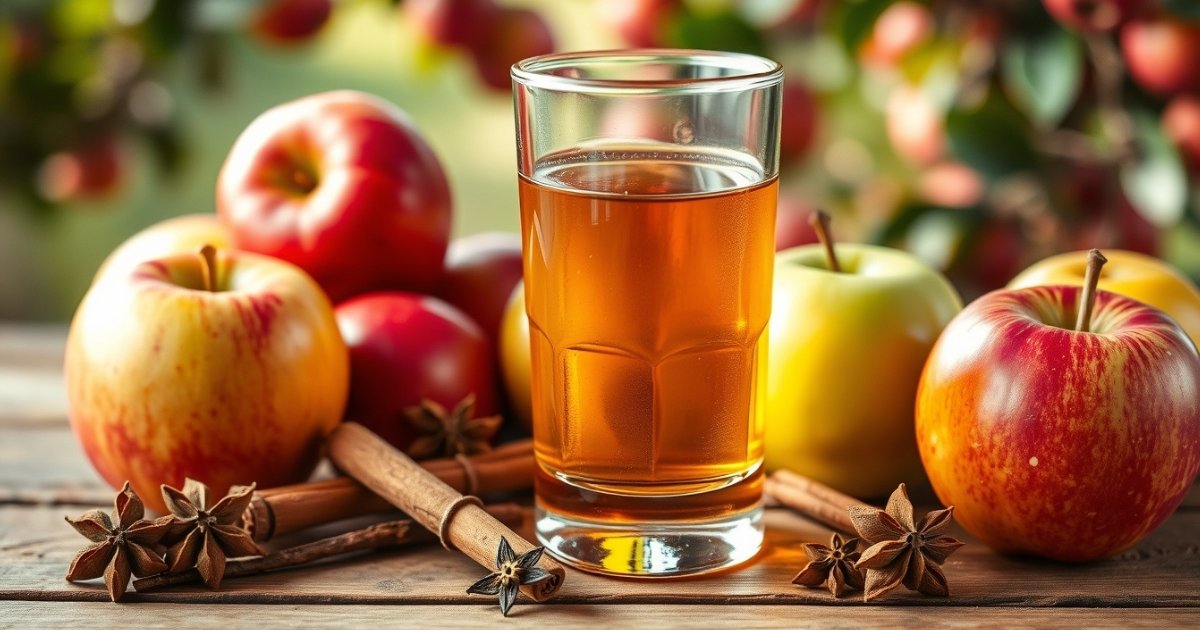

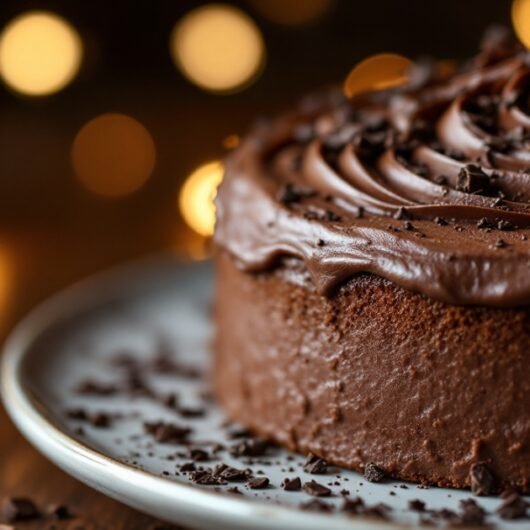


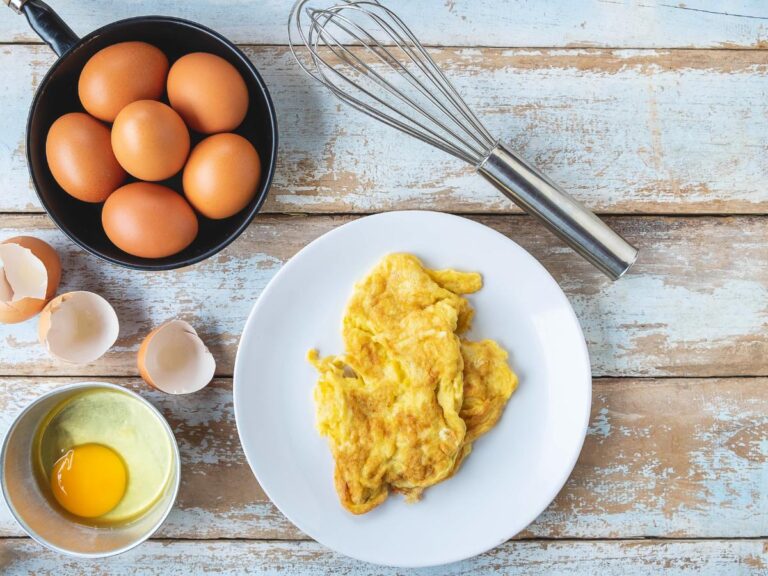




Hi my friend! I wish to say that this article is awesome,
nice written and come with approximately all significant infos.
I’d like to see more posts like this .
It’s a shame you don’t have a donate button! I’d definitely donate to this brilliant blog!
I suppose for now i’ll settle for book-marking and
adding your RSS feed to my Google account. I look forward to new updates and will talk about this website with my
Facebook group. Chat soon!